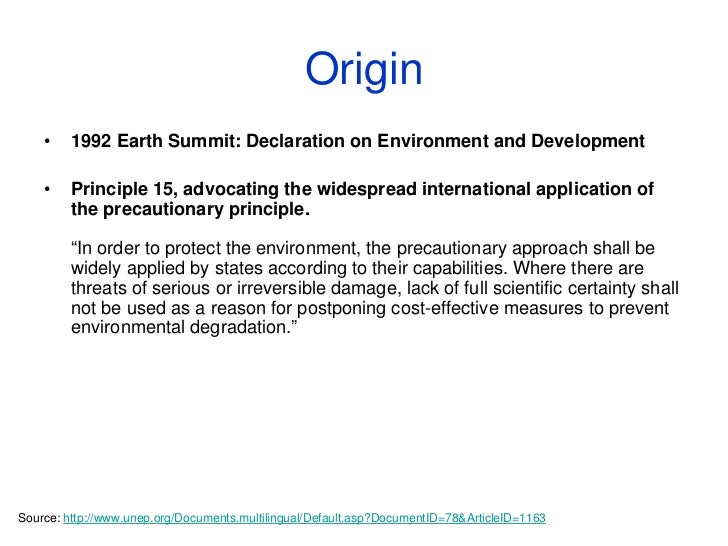Relevance: Prelims: Science and technology
Why in news?
- The aggressive methods to halt the virus by suspending mobility are examples of a strategy known as the ‘precautionary principle’.

About:
- According to the principle, authorities must take precautionary measures when stakes are high, despite when scientific evidence about the expected event being harmful is not yet certain.
- This implies that protective action should be taken to prevent any possible harm, even if there is a chance that such harm will not occur–thus playing it safe.
Timeline:
- The principle first found acceptance in Germany in the 1970s and 80s, as lawmakers sought its implementation in cases of uncertain environmental and health hazards.
- In 1992, the UN Rio Declaration on Environment and Development incorporated the strategy, as did the Maastricht Treaty.
- The Rio Declaration defines the principle as: “Where there are threats of serious or irreversible damage, lack of full scientific certainty shall not be used as a reason for postponing cost-effective measures to prevent environmental degradation.”

For more such notes, Articles, News & Views Join our Telegram Channel.
Click the link below to see the details about the UPSC –Civils courses offered by Triumph IAS. https://triumphias.com/pages-all-courses.php

